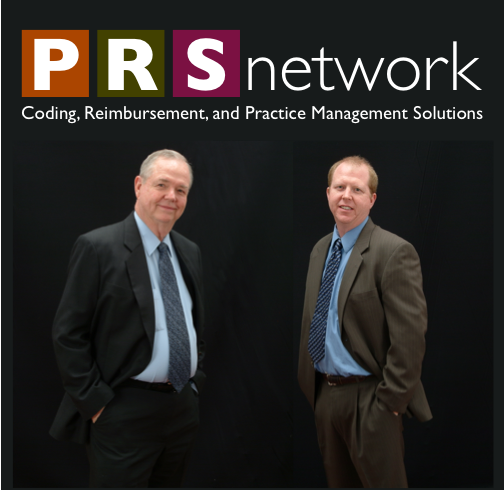Medical practice’s wishing to successful navigate the fast changing healthcare reimbursement environment, must move to working smarter not harder. Confronting declining payments, increasing patient responsibility payments, escalating operational cost, and weak margins, efficient billing and collections processes are essential. Most practices leave 10-20 percent (conservatively) reimbursements on-the-table due to poor process, staff skill levels, lack of technology, and ineffective management. In theory this appears an easy mantra but implementing effective collections processes and operational efficiencies requires a focused ongoing team effort.
The culture of your office and the belief by patients that insurance covers 100% of services provided are problematic and will take time to change.
Below are some basic recommendations to assist with effective billing and collections for your practice
When scheduling the patient’s appointment, ensure you mention that fees including copayments, deductibles and coinsurance are due at the time of services.
We accept cash, credit cards, and checks. Check patient eligibility with the payer. This may be approached automatically through your practice management system or via payer web-site or phone call.
Re-verify all patient data during time of appointment and when patient presents at the reception decks.
Signage stating payment policy clearly displayed at the reception area and check out area.
Consistently ask patients for co pays deductibles and coinsurance
Acknowledge patient as soon as they arrive at the reception and checkout stations, greet them promptly and start the process.
Say “thank you” when the patient makes a payment.
Have cash on hand to provide change to patients who pay using a large bill ($50 or $100)
Does your practice have a clear written policy regarding patient financial responsibility (collecting copayments and prior balances)? If yes, is it followed?
Identify the times between date of service and:
a. Date of charge entry
b. Date of claim submission
Top of FormCollect Collect and monitor data regarding reasons for denials and use the results to train your employees.
Perform a monthly charge-capture audit to ensure that all types of charges and place-of-service information are accurate.
Set up an adhere to a write-off policy for patients in need. You can do charity work just make sure that it is a charity work that is your choice.
Physicians should not interface with patients regarding fees or payments. Set up a black box committee to determine which patients receive charity.
Send patients who do not pay to collections. Word will get around if people know they can take advantage of you they will.



